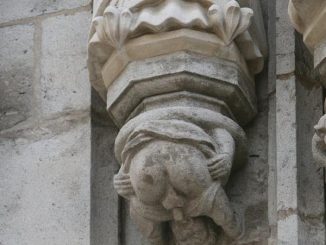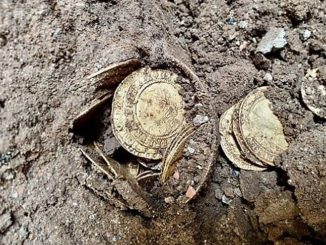Archaeologists from the Egyptian Supreme Council of Antiquities (SCA) and the British New Kingdom Research Foundation said the tomb is located in Valley C, on the West Bank of Luxor city.

Illustration photo. (Source: Reuters)
According to the Vietnam News Agency correspondent in Cairo, on January 14, the Egyptian and British archaeological delegation discovered a royal tomb while working in the Western Valley of the Theban Mountains, in the city’s West Bank area. Luxor.
Archaeologists from the Egyptian Supreme Council of Antiquities (SCA) and the British New Kingdom Research Foundation said the tomb is located in Valley C, on the West Bank of the city of Luxor, just below the supposed site. The cliffside tomb of Princess Neferure – daughter of King Thutmose II and Queen Hatshepsut.
SCA Secretary General Mostafa Waziri said that currently the archaeological delegation is conducting excavation work and collecting artifacts.
Through preliminary examination of the pottery and fragmentary evidence of writing recovered so far, archaeologists believe that this is the tomb of several members of the Thutmosid royal family of the 18th Dynasty. lasted from 1550 to 1292 BC.
Mr. Waziri revealed that research will continue to uncover the secrets of this unknown tomb as well as its architecture and corridors. He added that so far archaeologists have only discovered one stone staircase, two hallways and one partially painted room.
The head of the archaeological mission of the New Kingdom Research Foundation, Piers Litherland, further confirmed that current research indicates that this tomb was heavily damaged by floods that occurred in ancient times. Excavation and research work will take many months to learn more about the secrets of this tomb.


